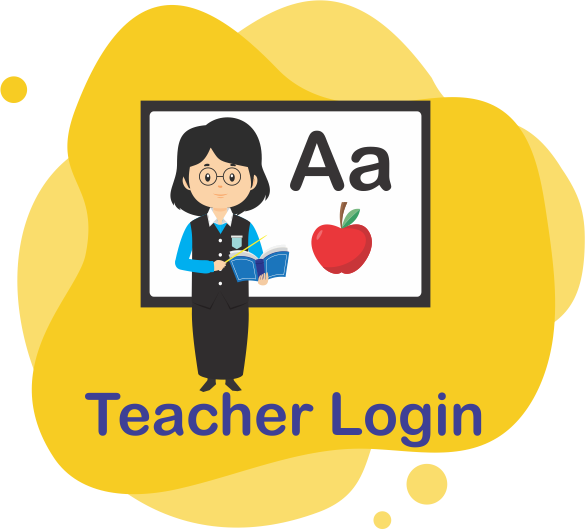Dyslexia Letter & Number Reversals

Why do dyslexics reverse letters?
A dyslexic individual usually thinks visually and, when quickly having to decide on a letter (or number), may choose the wrong orientation. A younger dyslexic child may not even understand that letters that have the same shape have different sounds. After all, a chair is a chair, no matter which way it's facing.
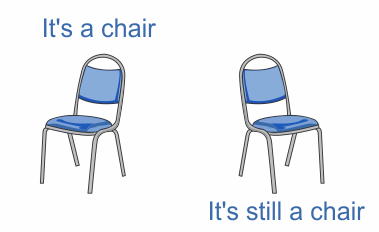
Letter reversals, for those with dyslexia, are usually more problematic when writing (not
reading). When reading, there are other clues for context in a sentence, however
if reading words in isolation then reversals may occur. If a child is
asked to read words in isolation such as: dib, bib, dab, or pad, they may
reverse letters and misread the word. This, combined with nonsense words, is a
good test to include in a dyslexia evaluation.
When writing, dyslexic students either have to stop and think about the letter direction or write without stopping and then review what was written later when done,
checking for their known problematic letter reversals. Some
younger dyslexic students may incorporate capitals that are not reversed into a word instead of using the lowercase letter. For example, they may write the word "number" as "numBer".

Any letter or number that has the same shape may be reversed or flipped. The most common letter reversals are 'b', 'd', 'p' and 'q'. The common number reversal is 6 and 9, or 6 and the handwritten 2. Some letters or numbers may be reversed regardless if there's another letter or number with the same shape. The number 5 is often reversed despite the fact that there isn't another number that has a similar shape.
Are letter reversals an indication of dyslexia?
Reversing letters or numbers is normal up to age 8. Letter
reversals after age 8 may indicate dyslexia. If your
child is age 8 or older, still reversing letters or numbers and is behind in reading, then there
is a high probability that he or she is dyslexic. If you have a family member
who is dyslexic, then the probability increases since dyslexia often runs in
families. For a professional diagnosis, a neuropsychologist is recommended.
How to help dyslexic students with letter reversals?
The main way to help dyslexics with letter reversals is to teach the child that direction does matter, and then provide a framework for the child to remember the direction of that letter. Here is where you must work with what the child knows. Keep an eye out for which letters and/or numbers they are reversing and then come up with a way to teach the proper direction that the child can remember. Important note: do not create a problem where there isn't one, since you can inadvertently create confusion with other letters or numbers by simply bringing attention to it. Our reversal book and reversal app for dyslexia (see below) can help provide the necessary framework to help eliminate reversals.
Help Your Student Overcome Letter/Number Reversals
Orton-Gillingham Tools for Dyslexia - Letter & Number Reversals - Ages 7-10
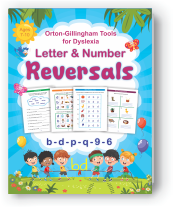
Addressing letter and number reversals, particularly prevalent among children with dyslexia, is a key focus of this resource. To mitigate
these challenges, the book incorporates memory cues designed to establish a solid framework, aiding students in recalling the correct
orientation of the common letters and numbers that are often confused.
Beyond tackling reversals, the book includes exercises to enhance reading skills through the practice of simple sentence comprehension.
Additionally, it offers contextual word-finding exercises, further reinforcing language skills within a meaningful context.
The common reversals addressed are:
‘d’, ‘b’, ‘p’, ‘q’, ‘9’, ‘6
Purchase of the book includes our Reversal App!
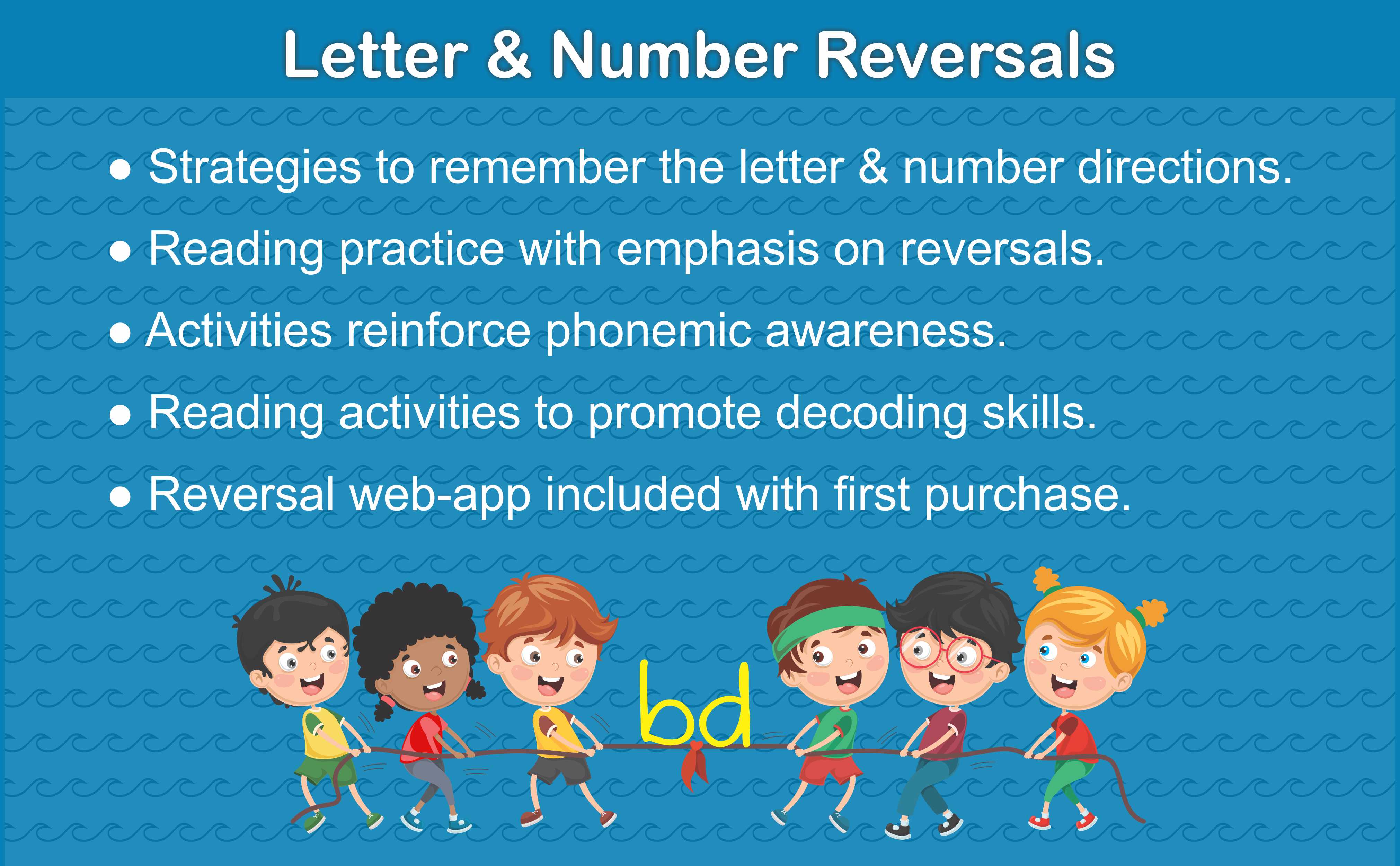
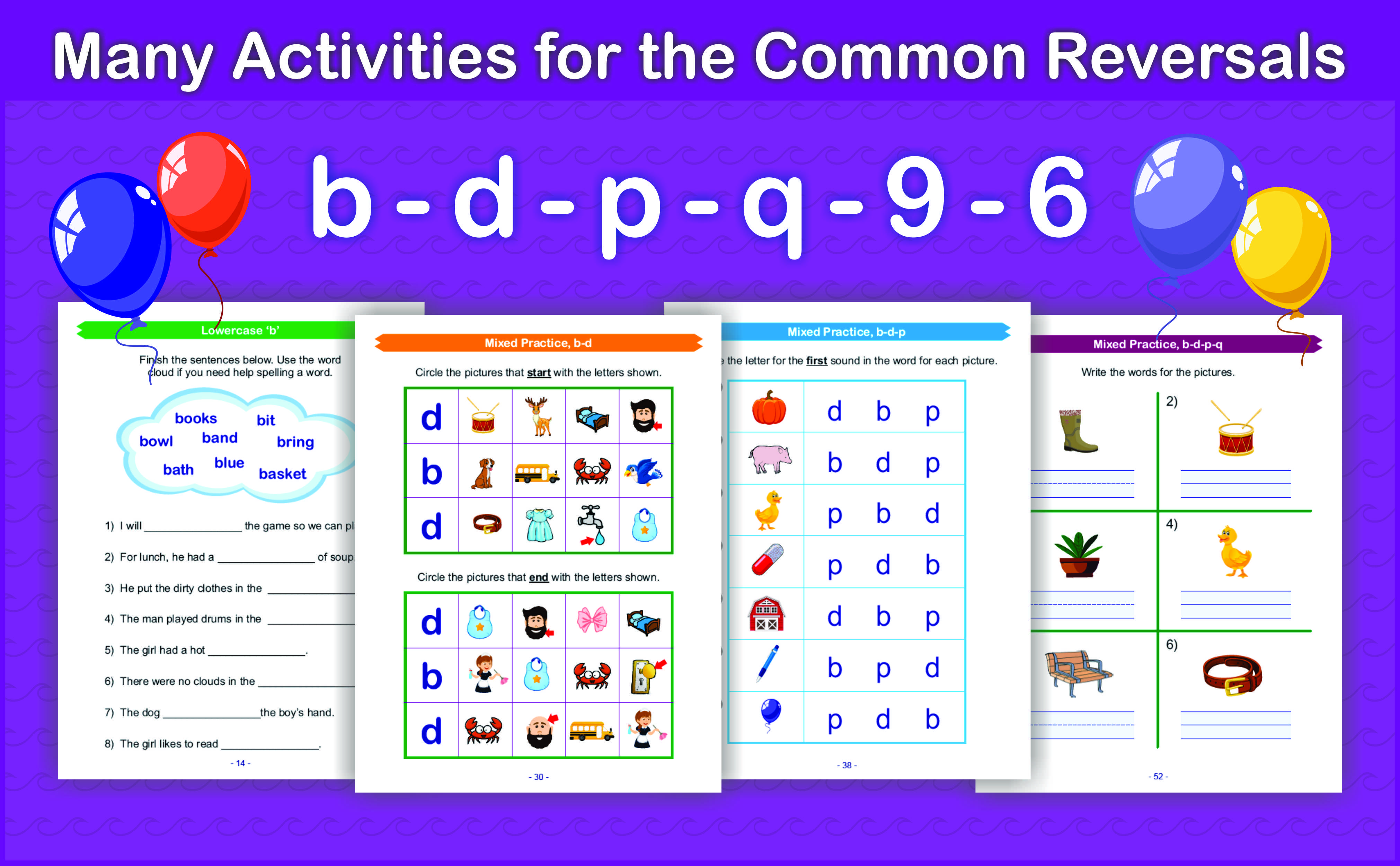
$14.75
Our Reversal Web-App
Interactive Approach to Helping with Letter & Number Reversals
Our Reversal App, which can be played on any browser, provides a multisensory way to help with letter reversals, as well as number reversals. This reversal app for dyslexia has several activities to combat the popular 'b'-'d' reversal, as well as 'b', 'd', and 'p' reversals. There are also two games where you can choose other letters or numbers and their problematic orientations. This app will also help children who have motor skills issues as they will drag and write on the screen (note that we recommend touch screens for the activities).







